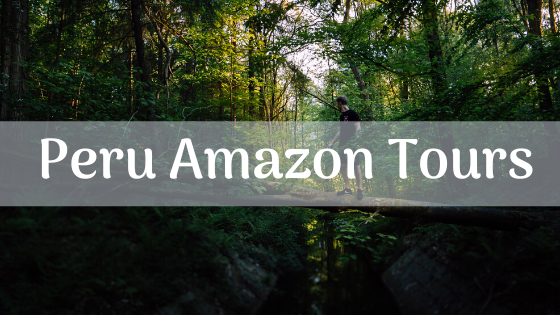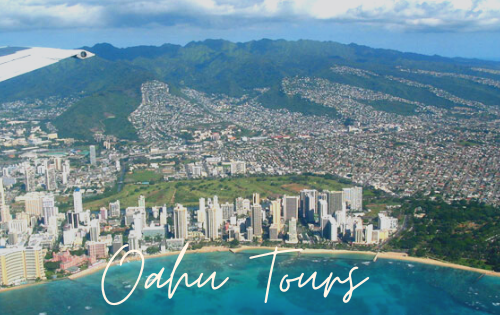-
The Amazon River
The Amazon river, with its 6400 km of length being the second longest river in the world right after the Nile, has its origin in Peru and ends in the Atlantic Ocean. It is first in terms of water volume due to the largeness of its basin which, with a surface of seven million square kilometres, is the biggest on the planet.
The average flow rate at the mouth of the Amazon river is estimated at a volume of 180 000 cubic metres per second. The different nature of its influent streams is due to alluvial soils: the Rios Negros carry iron and organic matters while the rios limpides d’agua limpa and the Rios Blancos carry bright and opaque alluvial deposits. It’s a spectacular phenomenon which you can discover during your Peru Amazon tours in Amazonia.
During the dry season the width of the river amounts to 4 or 5 km, whereas during the humid season, due to heavy rainfall, it can reach up to 50 km and the water’s speed can rise above 8 km/h.
The hydroelectric power stations, like the one of Itaipu, take advantage of this power. However, projects like the mega flood barrage of Belo Monte in Brazil, for which the pharaonic construction works at the Xingu river have begun, are a threat to the indigenous villages which are defended by Chief Raoni.
Two types of rivers in Amazonia
The rivers, having their origin in the cordillera de los Andes, carry sediments and are of brown colour. During the time of the river’s descent its banks are extremely fertile and during 4 or 6 months one can cultivate plants like maize, yucca, manioc and plantain, which grow very fast. The harvest thereafter has to take place before the river banks are flooded again. The interval between maximum and minimum water-level is around thirty metres, but the banks can be flooded over several kilometres. The land is very flat, hence the town of Leticia, point of departure of the treks and excursions, is at 4 000 kilometres from the Atlantic Ocean but only lies 80 metres above sea-level.
As for the rivers whose sources lie in the forest, they have the color of red wine. Because of the high percentage of acidity, their borders are hardly fertile. Having their origin in the forest, these rivers rise a lot during the raining season because the swelled Amazon river blocks their exits. The swelling of the Amazon river itself is due to heavy rainfall and to the melting of the glaciers of the cordillera de los Andes during summer.
The Amazon forest depends therefore directly on the Amazon river which itself depends on the cordillera de los Andes. When the rivers level is low, it’s the fishing season, when it is high, it’s hunting time.


